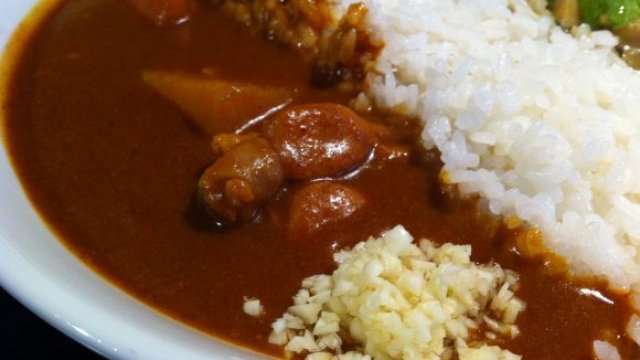Japanese Curry: 10 Ways to Savor this Spiced Sensation

One may not instinctively associate curry with Japanese cuisine, but it has been absorbed and adapted into the local diet since its introduction during the Meiji era in the late 19th century and has become a soul food of the nation. In fact, Japanese curry has become quite different in form, taste and texture compared to its original roots from Indian curry, which is spicier and of a soup-like consistency. Japanese curry is usually to the sweet side, with less heat and of a gravy-like texture in order for it to go well with Japanese rice, which is also of a more sticky and chewy texture. Popular curry dishes you will spot in Japan are curry rice, curry udon and curry buns.
10 Tasty Japanese Curry Variations to Try Right Now
Japanese curry includes the basic spices that make up Indian curry, such as cumin, turmeric, chilli, ginger, etc. but tends to have a more fruity element, with the addition of apples as a popular ingredient to the mix for a sweeter taste and thicker texture. At supermarkets, curry base flavoring is sold in cubes, and ingredients such as meat and vegetables are added. Instant microwaveable packs of curry are also commonly available, and usually come in a range of spiciness from sweet to mild and hot.
Curry Rice
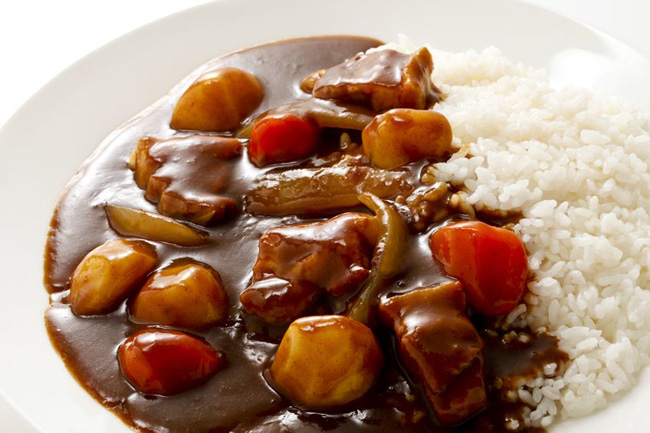
Curry rice is a common dish served at school lunches or company canteens for a satisfying and filling meal. In Tokyo, pork curry is the mainstream version, while in Osaka or the Kansai region, beef curry is commonly served. It is usually eaten with pickled vegetables - the Japanese version of chutney - such as red pickled ginger, pickled shallots and a brown pickled radish called fukujinzuke. In some regions, Worcester sauce is poured over the curry, and in the Kansai region it is not uncommon to add a raw or half-boiled to top off the dish.
Hambagu With Curry Sauce

In Japan, hamburg refers to the meat patty you would usually find in a hamburger, but eaten on its own, usually served on a hotplate or on rice-curry rice is just a delicious extension of that. Usually served with a brown sauce-like gravy, hamburg with curry sauce meets the needs of those looking for a bit of spice with their meat. It may also be served topped with a melted slice of cheese.
Read: Japanese Hamburger Steaks: Hambagu Vs. Hambaga
Katsu Curry

Katsu curry can be said to be the predecessor to hamburg with curry sauce, as they belong to the same category of a substantial meat topping with curry rice. Katsu refers to a cutlet, and in Tokyo this is usually a pork cutlet that is sliced and served topped with curry sauce accompanied with rice. In Kansai, this would be replaced by a beef cutlet.
Browse katsu restaurants in Japan
Katsu Curry Don
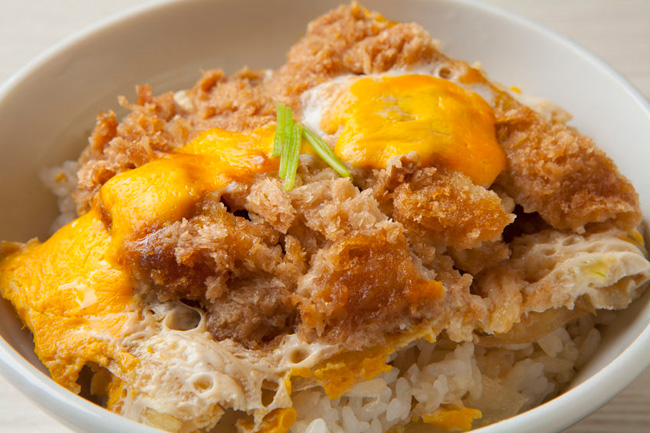
Katsu curry don refers to katsudon with curry and is served in a bowl instead of a plate. It can be said to have more of an appealing visual impact than the plated version, as the curry covers the whole bowl of rice, and on top of that, the cutlet almost completely covers the whole bowl. As the main base of the dish is the katsu don, there is a layer of egg on top of the rice, followed by the katsu, which is then topped with the curry gravy. Don’t bother counting calories with this dish!
Read: 9 Popular Types of Donburi (Japanese Rice Bowls)
Curry Pan

The curry pan, or curry bun, is a crunchy, crusted bun that is usually fried so that the bread has a texture like a doughnut - crispy outside and fluffy inside - with a curry filling. This is a popular snack for Japanese students and adults alike. Various prefectures or regions make their own version of the curry bun with unique fillings or ingredients that their area is famous for.
Curry Udon
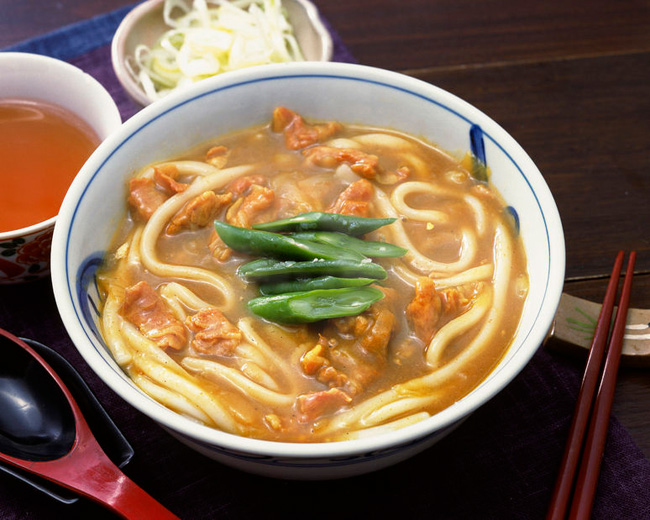
While udon is usually served in a clear broth made from bonito and kelp stock, curry udon is still a popular dish at any udon shop. The curry here is often made using the same seafood stock as the base, giving the curry a slightly different flavor, with a heavier taste of soy sauce than the usual sweetness of Japanese curry. The curry broth is also less thick than the curry rice version. A popular specialty curry udon shop serves this dish with a large, crispy fried prawn as a topping.
Read: Udon Noodles: Your Guide to Choosing the Perfect Slurp
Soup Curry

Soup curry, which originates from Sapporo in Hokkaido prefecture, is the closest to the original form of Indian curry in terms of its soupy consistency and taste. Unlike Indian curry where the ingredients are cooked in the curry for a long time until their shape dissolves, it is common for the vegetables to be cooked or grilled separately and then arranged nicely in the bowl, usually with a chicken leg, before the curry soup is poured in. Soup curry is served with a separate bowl of rice, which is dipped into it before being eaten.
Dry Curry
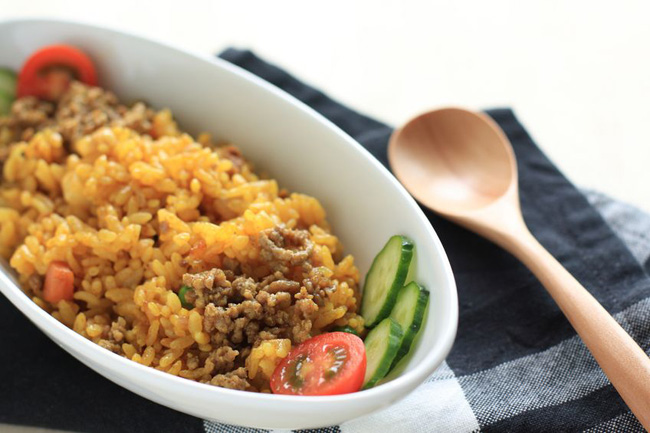
Dry curry refers to curry sauce that has been cooked together with rice such that the rice soaks up all the sauce and flavoring and takes on the yellow color of the curry. Ingredients such a minced meat and vegetables are added into the mix for an appearance that is close to fried rice. A sunny-side up fried egg is very popular topping with this dish.
Yaki curry

Yaki curry literally means baked curry, and it is a soul food of Kyushu prefecture that is only available in the region. It is said to have started appearing on the menu starting in the 1950s, after a chef tried reheating leftover curry in the oven and discovered this new dish. Nowadays, it is usually topped with cheese and an egg for extra taste and texture.
Black Curry

Known in Japan as “kuro” (black) curry, this rich and luxurious dish is made by adding dark-colored ingredients such as squid ink or bittersweet chocolate to standard Japanese curry. The result is a dark, smooth, elegant sauce.
Japanese Curry Runs the Flavorful Gamut
There is a surprising variety of curry in Japan, coming in various forms, consistencies and spiciness levels. And within each type of curry, each region or prefecture infuses its own unique ingredients or cooking styles. Browse Gurunavi’s listings to find some of the best Japanese curry restaurants in Japan.


